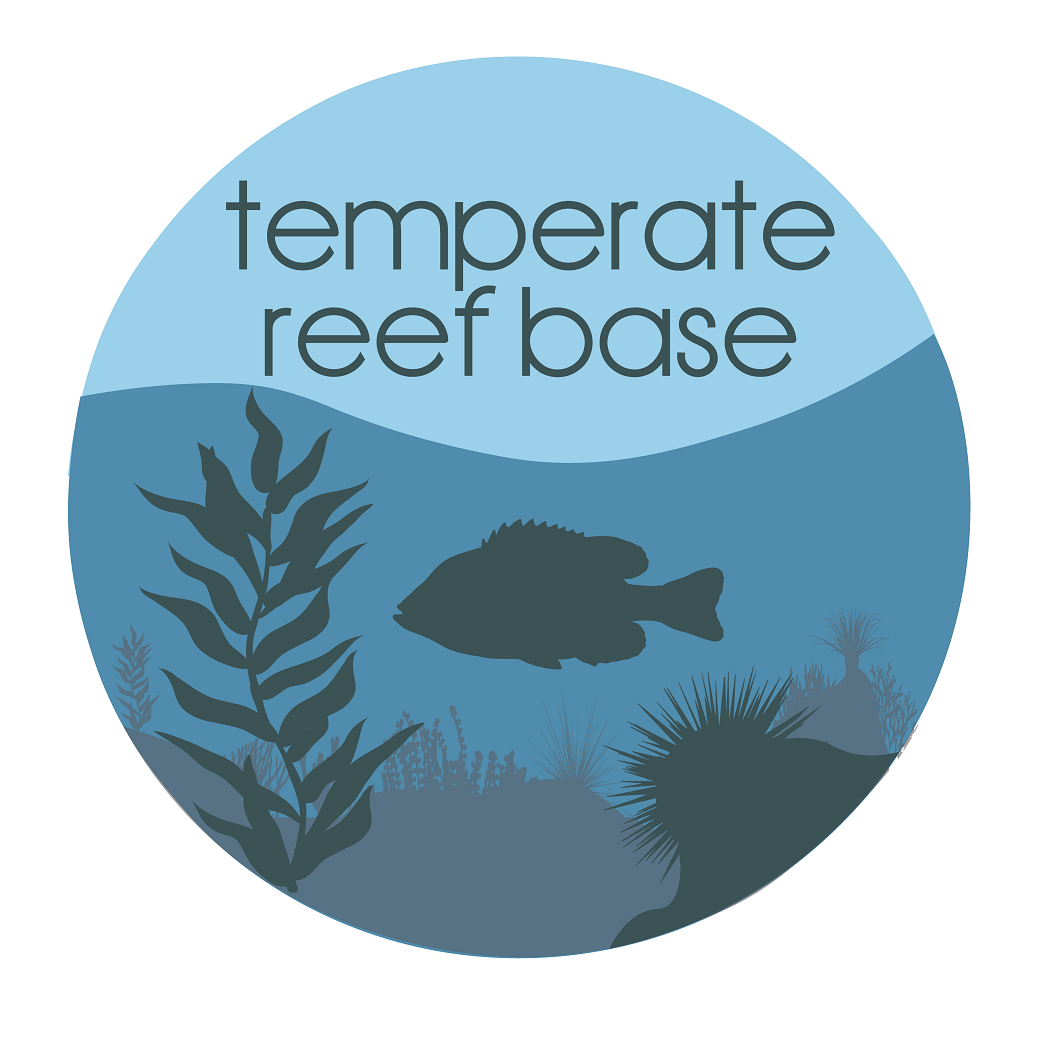ACTIVITY
Type of resources
Topics
Keywords
Contact for the resource
Provided by
-
Long term data sets are useful for identifying temporal changes in the abundance of breeding populations of Antarctic seabirds. This data set is one of only two long term data sets existing for Snow Petrels. The data set comprises records of snow petrel activity for up to 109 nests clearly marked on the colony of Reeve Hill (near Casey station)between 1984 and 2003. A map of the exact nests locations is available as Arcview shapefile. In the database, the following information was recorded in an Excel worksheet: - For each colony check: observer(s) name(s), date and time of the nests check, weather before and during observations - For each nest: 1/nests condition (whether filled with ice/snow or (partially) accessible) 2/activity level in the nests: presence/absence of birds, what sex if known, other signs of activity (footprints, guano, stomach oil) 3/presence of an egg or chick, live or failed 4/presence of old remnants in the nest(egg, chicks) 5/Any specific comments No data are available for years 1987-1988 and 1988-1989. Data are only available for the early part of the breeding season for 1991-1992, 1992-1993 and 1999-2000. The fields in this dataset are: Field Season Date Type of Observation Time start Nest Number Nest condition Old Remnants Activity Egg/Chick Comments
-
Very little information is known about the distribution and abundance of snow petrels at the regional scale. This dataset contains locations of bird nests, mostly snow petrels, mapped in the Windmill Islands during the 2002-2003 season. Location of nests were recorded with handheld GPS receivers connected to a pocket PC and stored as a shapefile using Arcpad (ESRI software). Descriptive information relating to each bird nest was recorded and a detailed description of data fields is provided in the detailed description of the shapefiles. Two observers conducted the surveys using distinct methodologies, Frederique Olivier (FO) and Drew Lee (DL). Three separate nest location files (ArcView point shapefiles) were produced and correspond to each of the survey methodologies used. Methodology 1 was the use of 200*200 m grid squares in which exhaustive searches were conducted (FO). Methodology 2 was the use of 2 transects within each the 200*200 m grid squares; methodology 3 was the use of 4 small quadrats (ca 25 m) located within the 200*200m grid squares (DL). Nests mapped in a non-systematic manner (not following a specific methodology) are clearly identified within each dataset. Datasets were kept separate due to the uncertainties caused by GPS errors (the same nest may have different locations due to GPS error). Three separate shapefiles describe survey methodologies: - one polygon shapefile locates the 200*200 grid sites searched systematically (FO) - one polygon shapefile locates the small quadrats (DL) - one line shapefile locates line transects (DL) Spatial characteristics, date of survey, search effort, number of nests found and other parameters are recorded for the grid sites, transect and quadrats. See the word document in the file download for more information. This work has been completed as part of ASAC project 1219 (ASAC_1219). The fields in this dataset are: Species Activity Type Entrances Slope Remnants Latitude Longitude Date Snow Eggchick Cavitysize Cavitydepth Distnn Substrate Comments SitedotID Aspect Firstfred Systematic/Edge/Incidental RecordCode The full dataset, including a word document providing further information about the dataset, is publicly available for download from the provided URL. Also available for download from another URL is polygon data representing flying bird nesting areas. The polygon data was derived from the flying bird nest locations by the Australian Antarctic Data Centre for displaying on maps.
 TemperateReefBase Geonetwork Catalogue
TemperateReefBase Geonetwork Catalogue